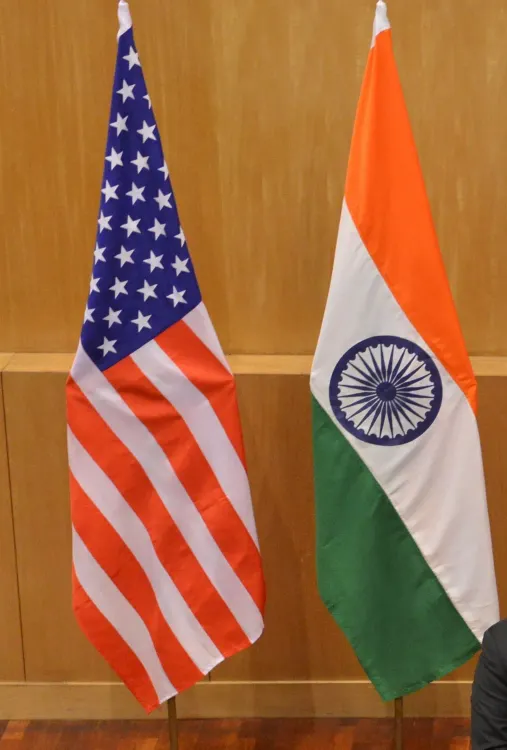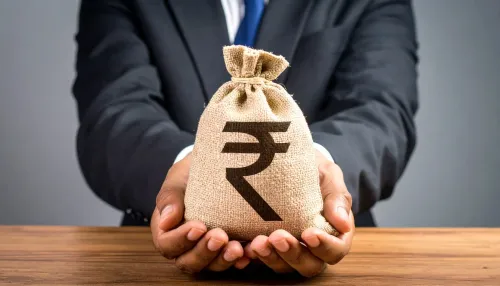Will US-India Trade Negotiations Breakthrough by November?

Synopsis
Key Takeaways
- Potential breakthrough in US-India trade negotiations by November.
- India must increase its investment rate to sustain growth.
- The National Manufacturing Mission will operationalize by November.
- India's economic growth positions it as the brightest spot globally.
- Focus on skilling and education is vital for development.
Mumbai, Nov 7 (NationPress) NITI Aayog CEO B.V.R Subrahmanyam remarked on Friday that the ongoing US-India trade discussions might achieve a significant breakthrough by the end of this month. He emphasized that India needs to elevate its investment rate to 35–36 percent of GDP.
"We are hopeful that by the month's conclusion, we will receive some positive updates on this matter," he stated during a media event, affirming that the negotiations are progressing well.
Furthermore, he mentioned that the National Manufacturing Mission is set to become operational by November, which involves establishing sectoral clusters across 15 sectors and 75 locations to create globally competitive manufacturing hubs.
Subrahmanyam expressed that for India to sustain an 8–9 percent growth rate, it must boost its investment rate from the current 30–31 percent to the targeted 35–36 percent of GDP.
He highlighted that India's economic growth showcases it as the "brightest spot in the global economy," and other nations will be compelled to engage with India due to its unique advantages in size, market depth, innovation capabilities, and talent pool.
The NITI Aayog CEO also stressed the importance of maintaining openness, consistent policies, and a strong focus on skilling to achieve developed-nation status.
“Even if other countries impose tariffs, India must maintain its position as a world-class, open economy,” he asserted.
Subrahmanyam underscored the significance of policy priorities, calling the National Manufacturing Mission the “largest announcement in the last budget.”
He noted that foreign investors are increasingly attracted to India's market and cost-effectiveness. However, he warned that cutting down bureaucracy is crucial for improving the ease of doing business, reiterating the concept of "minimum government, maximum governance."
“If I had just one rupee to invest, I’d invest it in skilling and education,” he stated, highlighting the value of human capital. He compared the average schooling years of Indian students, which stands at six to seven years, to 13 to 14 years in South Korea.








